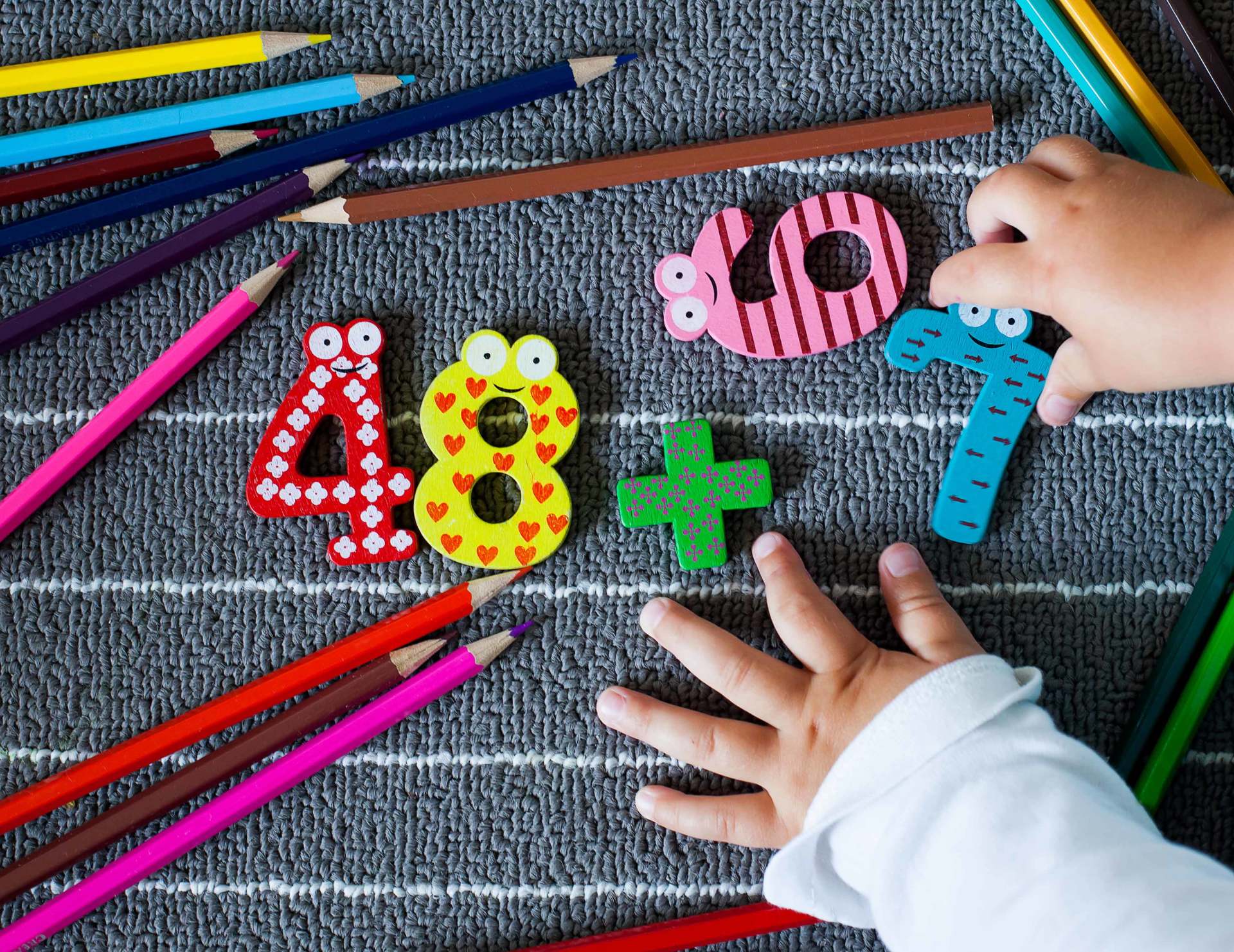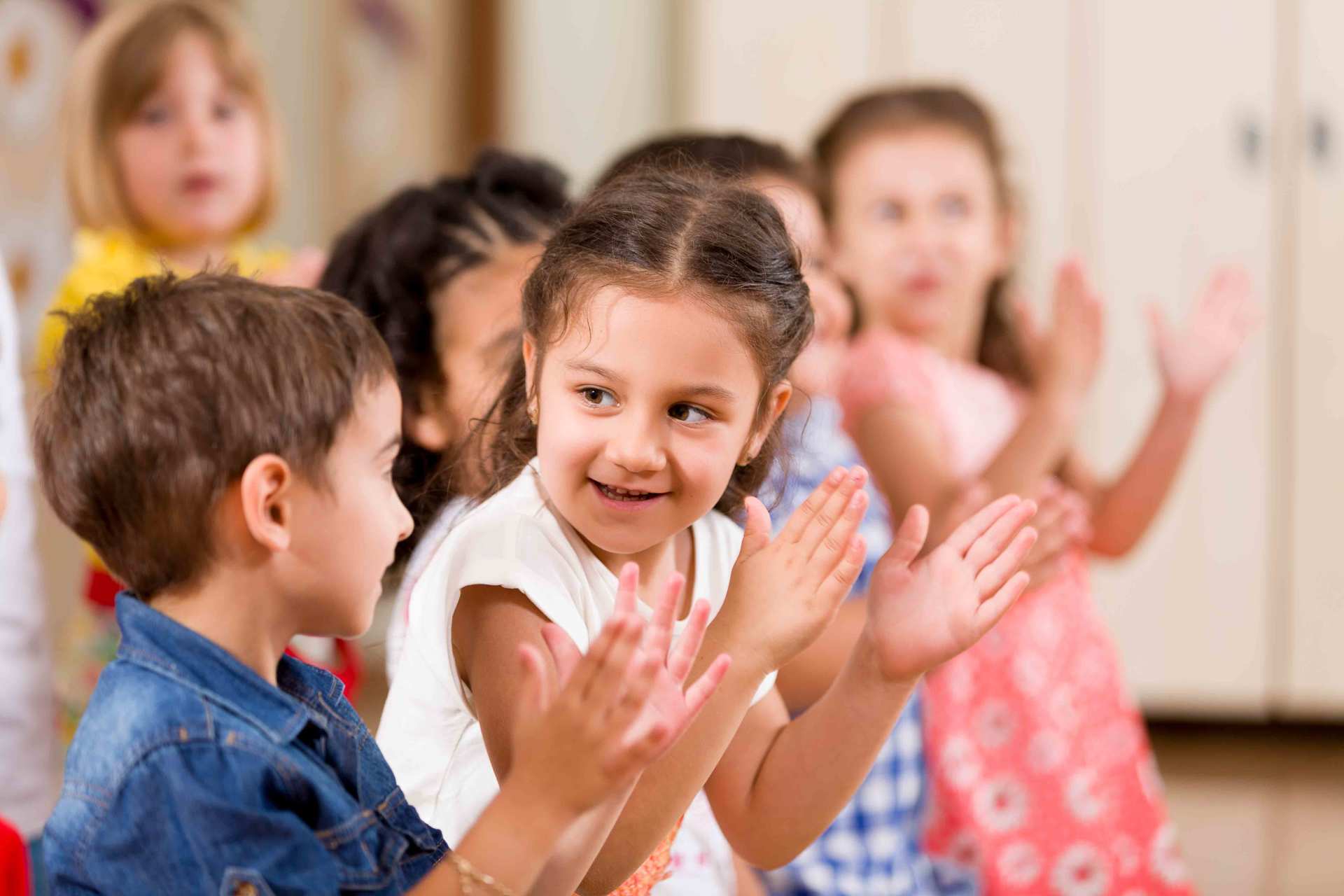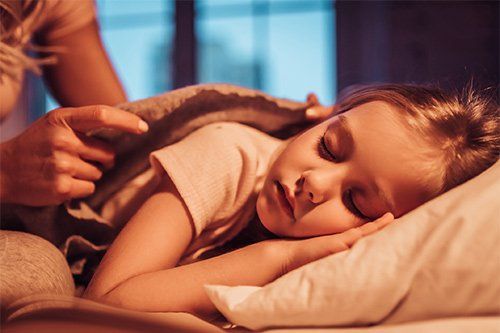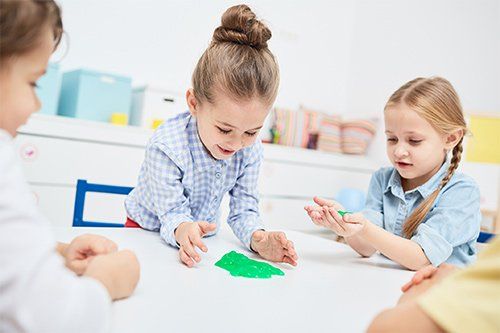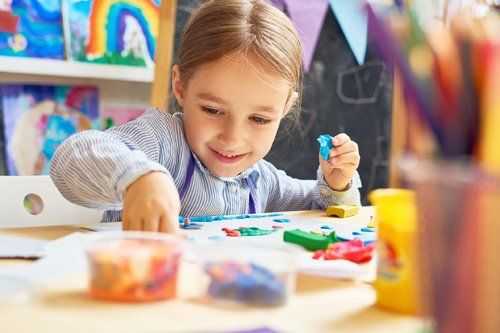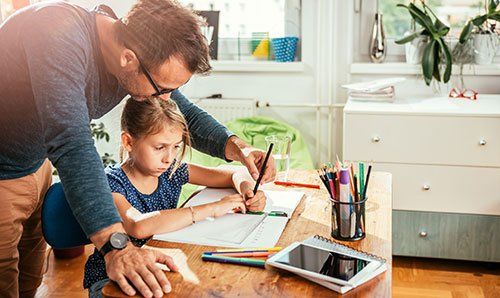Concerns About Gross Motor Skills in Preschool
- By Admin
- •
- 15 Oct, 2018
- •
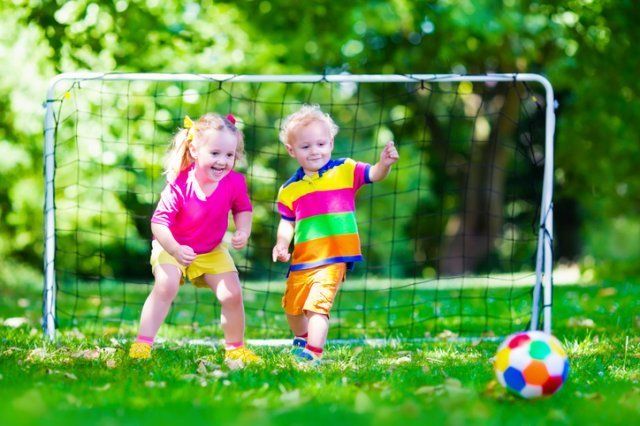
Gross motor skills refer to activities that involve muscle development in the arms, legs, and torso. They typically involve large portions of the body to move, and they often involve eye-hand coordination. Your child likely already participates in many gross motor skill–related activities, like jumping and running.
Children need to develop gross motor skills so they can perform day-to-day functions like walking and jumping and also so they can develop the skills necessary to play sports and participate in fun playground activities. These skills also allow children to exercise and build strong muscles.
During a child's preschool years, he or she should learn to walk up stairs with alternating feet, jump and hop, and throw. Children should also learn how to pedal and steer tricycles around this time.
Preschool offers the perfect opportunity for children to learn gross motor skills, but you can also foster development of these skills by participating in fun activities at home. Read on to learn more about what parents can do at home.
Concerns About Gross Motor Skill Development
Some conditions may impact the way your child develops gross motor skills. Often, parents spot the signs of these conditions early when their children exhibit problems sitting up or walking. Children who struggle with gross motor skills may also avoid physical tasks.
Dyspraxia is one of the most common developmental coordination disorders. Children with this condition may struggle with physical activities. But dyspraxia is not the only condition linked to development of motor skills, and parents should be on the lookout for any signs that a child struggles to keep up with his or her peers.
Development of Gross Motor Skills
Children develop strong motor skills by developing stronger muscles through practice and regular activity. Children who practice their skills often are more likely to become better at physical activity.
Dancing is a great way to teach children gross motor skills. For many children, dancing begins with nursery rhymes and childish songs with coordinated actions.
Children also learn motor skills with obstacle courses. Use furniture, blankets, pillows, boxes, and other toys to create fun obstacle courses that focus on skills like climbing, crawling, hopping, and sliding. Scavenger hunts and hide-and-seek are two popular games that help children learn how to move their bodies to hide or to look for hidden objects.
Tossing and throwing are two types of gross motor skills children can practice with a variety of objects, from bean bags to balls.
If you are looking for family time, take a walk around the neighborhood. Encourage your child to show different types of skills, like skipping or hopping on one foot.
Finally, don't forget the simplicity of a jump rope. Jump rope songs can encourage a child to practice their jump rope skills.
Types of Gross Motor Skills
Three types of gross motor skills exist. Each skill is important, and children will eventually learn to incorporate each level of skill for larger movements.
Locomotor movements involve moving from one place to another. These are activities children do every day, like walking, running, climbing, and jumping.
Next is non-locomotor movement. These motions involve those that are stationary. Children learn to push things, pull things, twist, and stretch.
Finally, children learn skills that involve manipulating other objects. These movements include kicking and catching.
Are you trying to find new ways to help your child develop motor skills? Riviera Children's Center is a great preschool that emphasizes a child's need to play and develop. Call us today to learn more about our preschool and our methods for developing excellent motor skills in our students. We can help your child develop the skills they need.
Sending your child to preschool can be exciting for you and your little one. Learn how you can use after-school activities to support their education.
